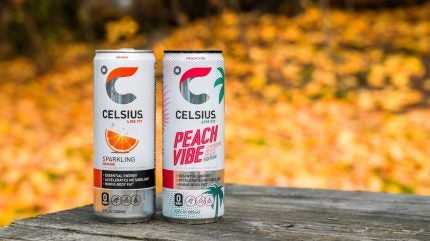
The energy drinks market has enjoyed an impressive run in recent years and the category’s growth momentum doesn’t appear to be slowing just yet.
Energy drinks has enjoyed strong momentum, particularly in the US but where do the growth opportunities lie? Fiona Holland explores.

The energy drinks market has enjoyed an impressive run in recent years and the category’s growth momentum doesn’t appear to be slowing just yet.